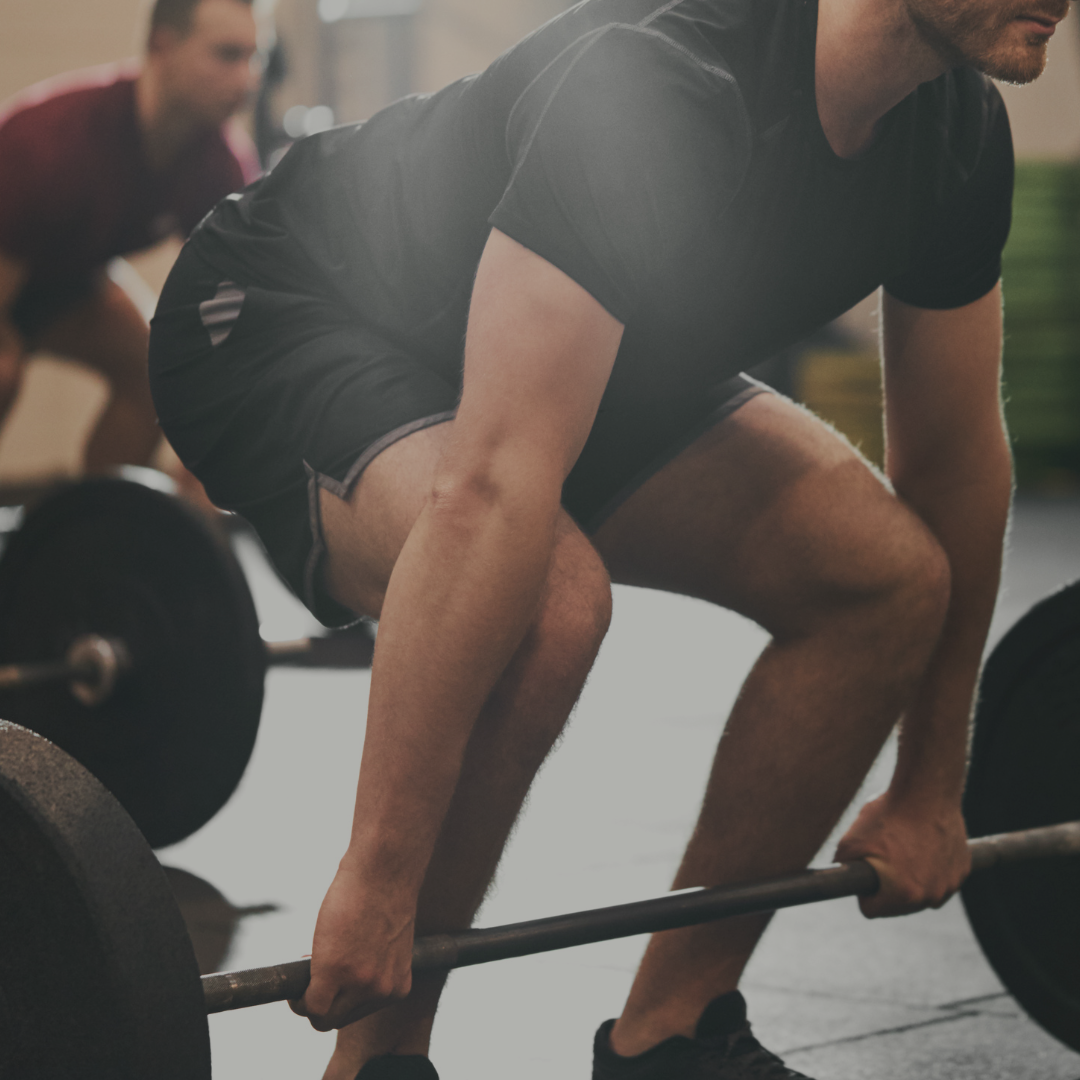Testosterone is often called the “male hormone,” but it’s far more than that. It drives nearly every aspect of men’s health — from muscle growth and recovery to energy, libido, confidence, and mental clarity.
Unfortunately, as men age, testosterone levels naturally decline. While this process is inevitable, the speed and severity of that decline are largely influenced by lifestyle.
The good news? You can slow that drop — and in many cases, restore optimal hormone balance — through training, nutrition, recovery, and smarter daily habits.
1. Why Testosterone Matters
Testosterone influences nearly every major physiological system.
✅ Muscle growth & repair — regulates protein synthesis for stronger, denser muscle
✅ Bone health — supports density and reduces fracture risk
✅ Energy & stamina — fuels endurance and motivation
✅ Libido & fertility — drives sexual health
✅ Mood & cognition — stabilizes mood, sharpens focus
When testosterone dips, you’ll feel it — physically, mentally, and emotionally.
2. How Testosterone Changes With Age
According to the American Urological Association, men’s testosterone levels begin to decline about 1% per year after age 30.
Average Total Testosterone Levels by Age
| Age Range | Average ng/dL |
|---|---|
| 20s–30s | 600–700 (peak) |
| 40s | 500–600 |
| 50s | 400–500 |
| 60+ | 300–400 |
While these are averages, “normal” varies by individual. What’s more important than your number is how you feel — symptoms often tell the real story.
3. Signs of Low Testosterone
Not every man will notice obvious symptoms, but when levels drop too low, you might experience:
-
Reduced muscle recovery despite consistent workouts
-
Harder time building or maintaining muscle
-
Increased belly fat and reduced leanness
-
Low energy, motivation, or endurance
-
Decreased libido
-
Irritability, brain fog, or low mood
-
Thinning bones or lower bone density
According to the Mayo Clinic, these symptoms often appear gradually, making early detection and proactive lifestyle management critical.
4. The Fitness Connection: How Testosterone Affects Performance
Lower testosterone impacts nearly every aspect of training:
| Effect | Why It Matters |
|---|---|
| Slower muscle repair | Recovery time increases between workouts |
| Reduced protein synthesis | Makes hypertrophy harder |
| Increased fatigue | Training intensity feels harder |
| Fat redistribution | More central (belly) fat accumulation |
| Lower motivation | Harder to stay consistent |
But here’s the empowering truth — exercise itself boosts testosterone.
Strength training, sprint intervals, and even regular walking increase short-term T production and improve long-term hormonal balance.
5. How to Support Testosterone Levels Naturally
1️⃣ Strength Training & HIIT
Resistance training remains the gold standard for boosting testosterone naturally.
Focus on compound lifts like squats, deadlifts, and presses.
Science says:
Men who lift regularly show higher free testosterone than sedentary peers (Healthline, 2024).
HIIT (High-Intensity Interval Training) can also increase testosterone and growth hormone while improving insulin sensitivity.
2️⃣ Prioritize Sleep
Sleep loss tanks testosterone faster than almost anything else.
The NIH found that men sleeping 5 hours or less had 15% lower T levels than those sleeping 7–9 hours.
✅ Aim for: 7–9 hours
✅ Create a consistent bedtime routine
✅ Avoid screens 1 hour before bed
3️⃣ Nutrition for Hormonal Health
| Nutrient | Why It Matters | Food Sources |
|---|---|---|
| Healthy Fats | Essential for hormone production | Avocados, olive oil, salmon |
| Zinc & Magnesium | Support T synthesis | Nuts, seeds, leafy greens |
| Vitamin D | Acts like a hormone; boosts testosterone | Sunlight, eggs, fortified milk, tuna |
| Protein | Muscle repair and hormone balance | Eggs, lean meats, Greek yogurt |
4️⃣ Manage Stress
Chronic stress elevates cortisol, a hormone that suppresses testosterone.
Add recovery modalities:
-
Breathwork or meditation
-
Walks outdoors
-
Hobbies or creative outlets
-
Proper deload weeks between heavy training blocks
5️⃣ Medical Options (When Necessary)
For men with clinically low testosterone, physicians may recommend Testosterone Replacement Therapy (TRT) — but only after thorough bloodwork.
Never self-medicate; TRT requires medical supervision to ensure safety and hormonal balance.
6. Age-Specific Workout Framework
Here’s how to train smarter at every stage to keep testosterone — and vitality — optimized.
In Your 40s – Maintain Power & Muscle
Focus: Heavy lifting + metabolic conditioning
-
Squats or Deadlifts – 4×6
-
Bench or Overhead Press – 4×6
-
Pull-Ups – 4×8
-
Sled Push or HIIT (20 sec on / 60 sec off × 6)
💡 You still recover fast here — push heavy weights, keep cardio sharp.
In Your 50s – Prioritize Recovery & Strength
Focus: Compound strength + mobility
-
Trap Bar Deadlifts – 3×5
-
Dumbbell Bench Press – 3×8
-
Rows or Lat Pulldown – 3×10
-
Farmer’s Carries – 4×40 yards
-
Finish with mobility (hips, shoulders, thoracic spine)
💡 Volume can decrease slightly, but consistency is king.
In Your 60s+ – Stay Strong, Stay Mobile
Focus: Joint-friendly lifts + daily movement
-
Goblet Squats – 3×10
-
Push-Ups or Machine Press – 3×12
-
Seated Rows – 3×12
-
Step-Ups – 3×10 per leg
-
Walking or cycling – 30 minutes daily
💡 The goal isn’t maxing out anymore — it’s longevity, balance, and functional strength.
7. The Bottom Line
Testosterone naturally declines with age, but the difference between a sedentary man and an active one is dramatic.
Strength training, high-quality sleep, nutrient-dense eating, and stress management can keep you strong, lean, and mentally sharp for decades.
Key Takeaway:
You can’t stop time — but you can slow its effects. Train smart, recover fully, eat clean, and stay consistent. Hormonal health is built daily.
References
-
American Urological Association (AUA), 2024
-
Mayo Clinic: Low Testosterone Symptoms
-
NIH Sleep Study on Hormone Health
-
ACSM Resistance Training Guidelines
-
NSCA: Hormonal Adaptations to Exercise
-
PubMed: https://pubmed.ncbi.nlm.nih.gov


